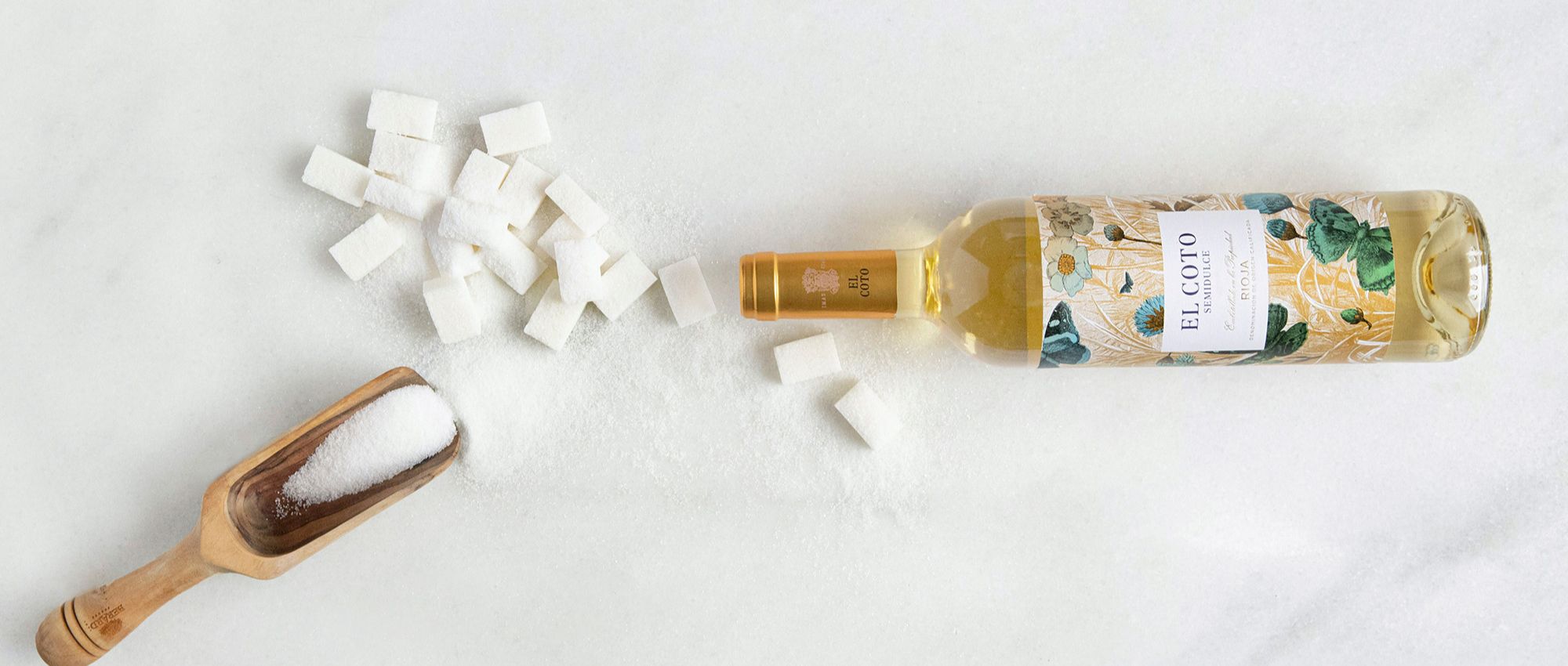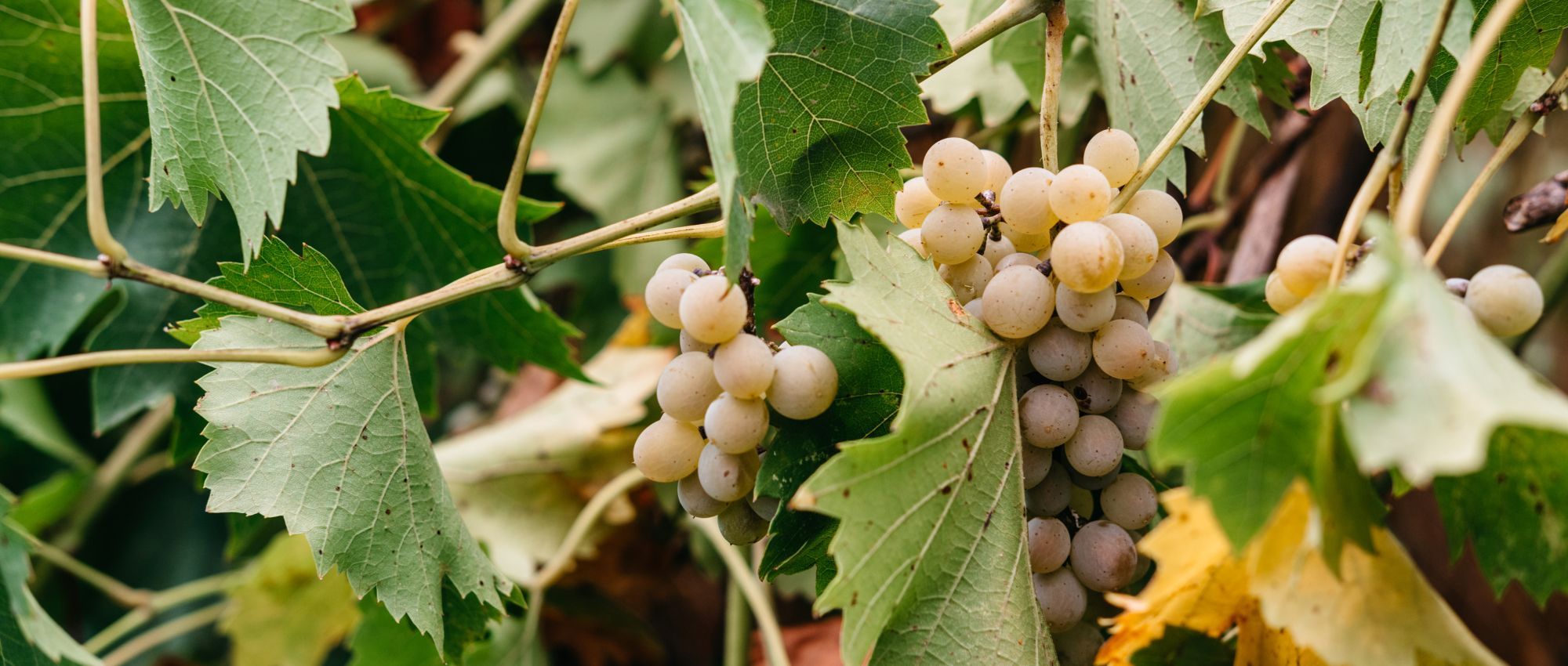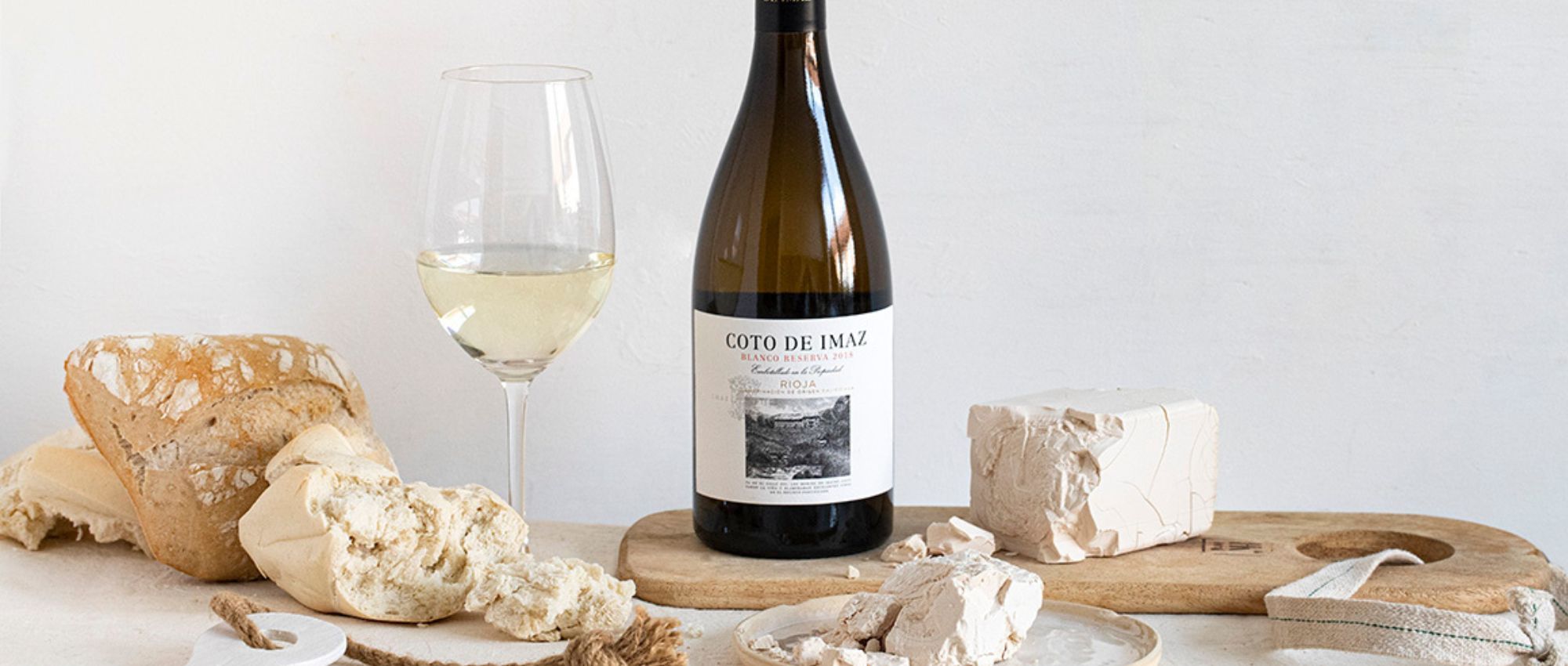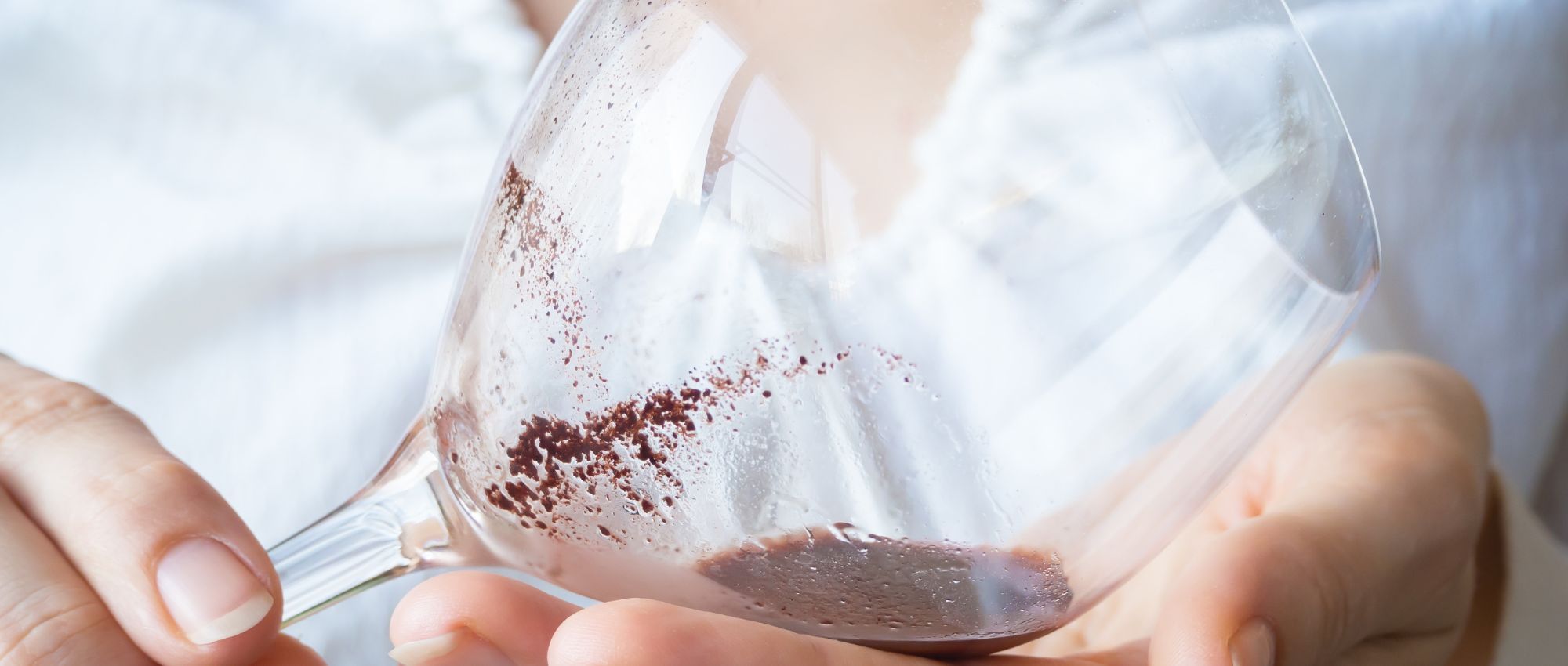
Wine Sediment: What You Need to Know
Have you ever noticed sandy particles in your wine glass? The gritty bits you see floating in your wine are called sediment, a by-product of the elaboration process that looks like crystals and has a grainy, sandy texture. Here’s everything you need to know about wine sediment.
We’ve all been there. You’re enjoying a delicious bottle of wine then, when you get to the end of it, you find yourself in for a “nasty” surprise. But this sediment is a reminder that wine is a natural product, made with one ingredient: grapes.
Keep reading to learn more about wine sediment and what you need to know so you don’t freak out the next time you see it in your glass.
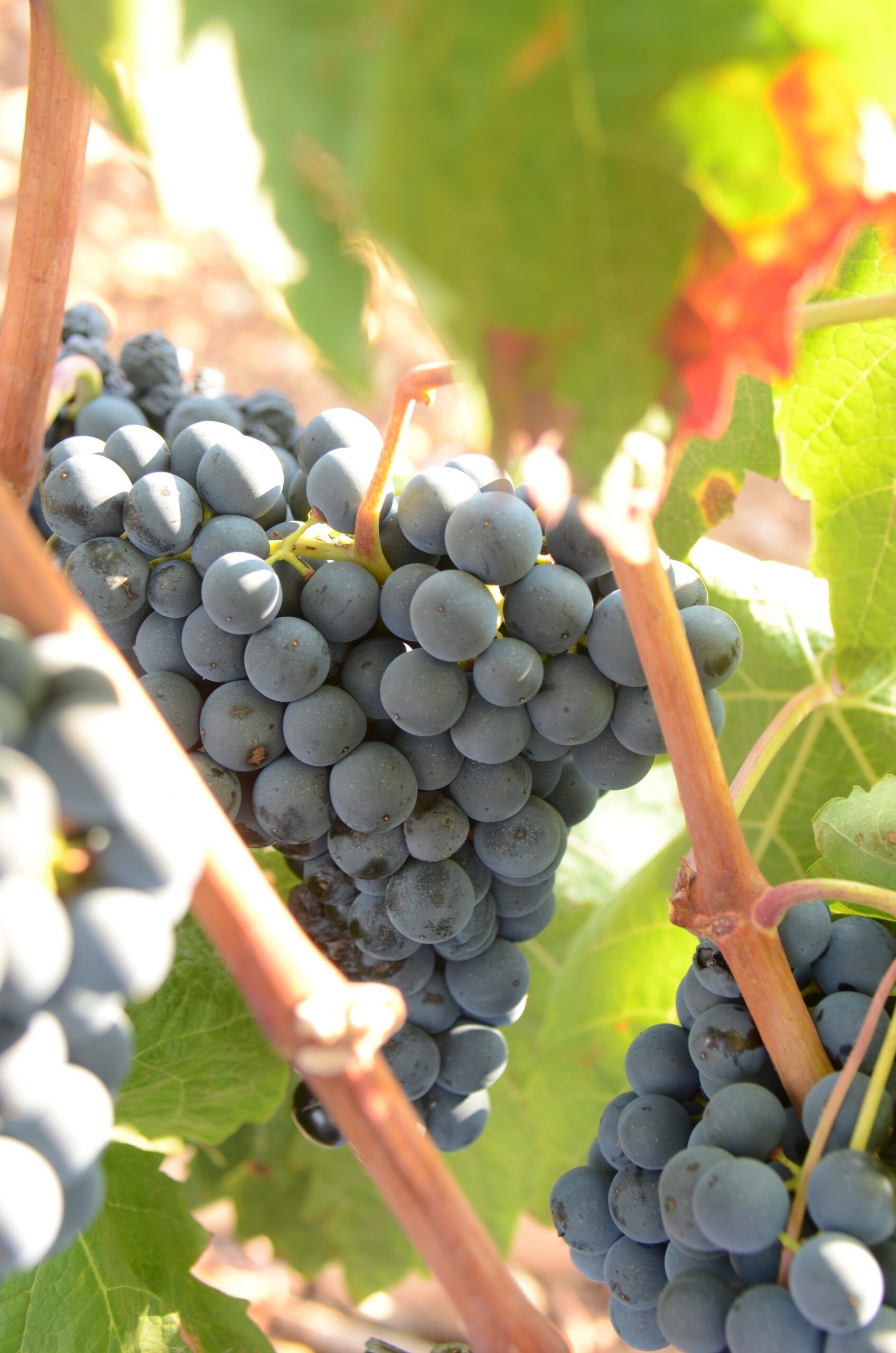
What is wine sediment?
Wine sediments, also known as “wine diamonds” or “wine crystals”, are natural remnants of the wine-making process. While it may look off-putting, sediment is completely natural and mainly made up of organic matter, such as grape skins and seeds. However, there is one ingredient you may not be so familiar with: tartrates.
Tartrates are crystal-like pieces that resemble burgundy-coloured diamonds when present in red wine and clear diamonds in white wines. They arise from tartaric acid binding with potassium, which are both natural ingredients in vinification.
Wine sediment is also made up of dead yeast, referred to as lees in the wine-making world. Lees are formed when the dead yeast cells are left over in the wine after the fermentation process. They are completely harmless and, in fact, add body and flavour to the wine.

How does wine sediment form?
During the fermentation process, potassium and tartaric acid bind together, and yeast cells transform the naturally occurring grape sugars into alcohol. When fermentation is done, the tartrates and the lees are left in the wine. To remove them, winemakers came up with cold stabilisation.
Cold stabilisation is the process of chilling the wine to 0 °C for an elongated period of time (around three weeks). This causes the remaining sediments to turn into large crystals, which can be collected easily and removed. Fun fact: these crystals are then ground up and sold as cream of tartar, a popular baking ingredient.
While you may think of sediment and wine crystals as a bad thing to find in your wine glass, many winemakers choose to leave it in their wines. Since wine crystals don’t affect the taste, sommeliers and winemakers often see them as a sign of quality and proof that the wine hasn’t been over-processed.
Wine sediment affects red wine more than white, but it’s present in both.

How do you remove wine sediment?
While it may not seem it, wine sediment is safe to drink. It doesn’t have much of a taste, more of a texture. Since sediment comes from natural ingredients, it’s nothing to be afraid of.
While we understand that having a mouth full of grit when you’re just trying to enjoy a nice glass of wine may not be ideal, you can avoid getting a shock if you open the bottle at home.
Decanting is the best way to remove sediment from wine. All wine lovers should have a good decanter, and in fact, they were invented to help wine drinkers get rid of sediment. They also help the wine get to a good temperature and give it a chance to breathe and look elegant on the table.
To decant successfully, leave the bottle upright for a day or two before serving. This should cause all the sediments to settle at the bottom. When ready to serve, carefully pour the wine, keeping a close eye on the sediment. If it moves towards the neck of the bottle, stop pouring.
If you’d like to know more about why wine is decanted, the different types of wine decanters there are and how to use and look after them, check out this article:
Another way to avoid wine crystals is to opt for high-quality red wines. Because red wines don’t need to be chilled for optimum quality, they are far less likely to go through cold stabilisation and thus form wine crystals. However, you could still get other forms of sediment, such as lees and grape particles.
Red wine gets its hue and tannic flavour from the naturally occurring tannins found in grape skin, so when red wines are fermented, matured and bottled, they are more likely to have more grape particles suspended in it.
Wines also form more sediment as they age. During the ageing process, molecules combine to form tannin polymers, which fall to the bottom of the bottle, creating more and more sediment.
Now that you know more about wine sentiment, don’t be alarmed the next time you see it at the bottom of your glass! Remember, it’s harmless and is considered a sign of quality by winemakers.
Want to learn more about wine-making? Learn about the importance of wine fermentation and the different types there are:
Don’t go without visiting our El Coto de Rioja online store.






